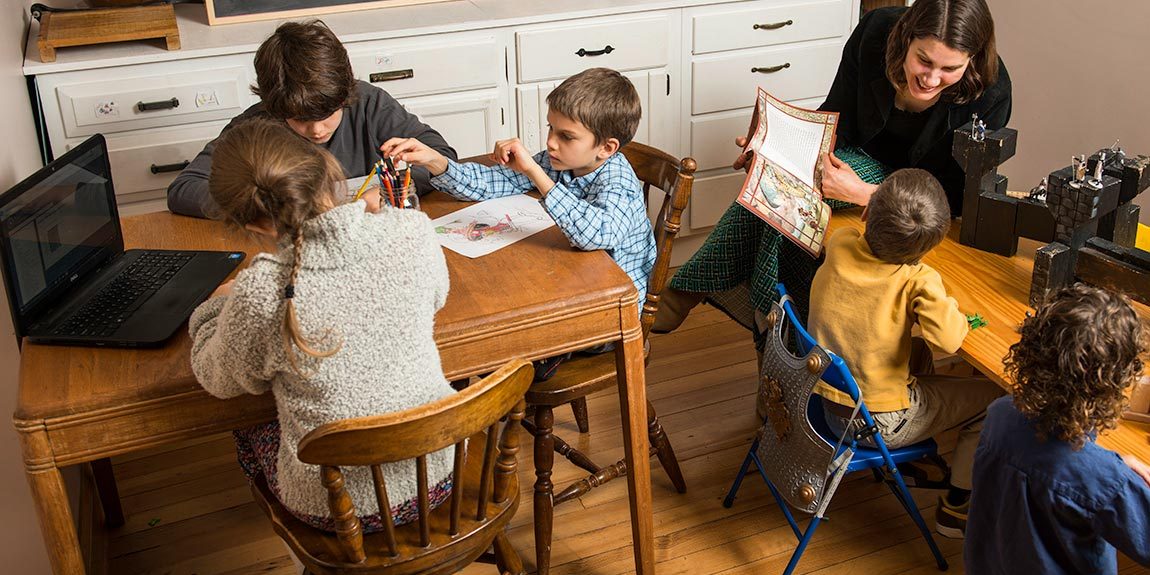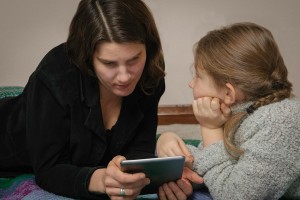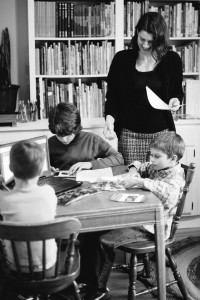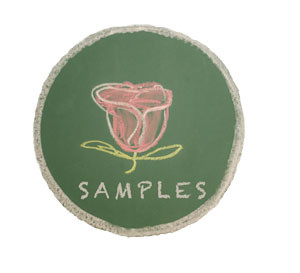Schola Rosa History

Overview
The Schola Rosa K-6th History program is literature-based and does not take a textbook approach. The approach is to immerse the students in the stories of the past while learning timelines, map skills, discussion skills, and higher composition skills which fit in with the literature. There are textbooks recommended, if your family wishes to complete a textbook alongside the Schola Rosa K-6th history program.
The Schola Rosa History Program is divided into three cycles.
| Cycle 1 | Cycle 2 | Cycle 3 |
| Ancient & Classical Times. This includes the time period from Creation up to the fall of the Roman Republic. Major themes include the Old Testament, ancient Mesopotamia, ancient Egypt, ancient Greece, ancient Rome, and ancient Phoenicians. | The Christian Age. This includes the time period from the Birth of Christ to the beginning of the Renaissance. There is particular attention given to the Christianization of Europe and its encounters with Muslim cultures of the Orient and Africa as well as the Nordic and Slavic peoples of northern Europe and Asia. | The Modern Age. This includes the time period from the Renaissance to Pope John Paul II. All the major themes of the age are addressed at a level for students in the Elementary range. |
Goals & Structure
K – 1st Grade
The goal of the History Program at this level is to teach familiarity with historical names and places through stories. Children who are introduced to historical literature early will have an easier time later when their studies become formalized. Memorizing the CCM Timeline is most important during this stage, since it will give them hooks to hang future dates on and to sort new events into as they learn them. Consider the readings as the spine of the program and get comfortable on the couch or in your family room as the whole family learns along. There are coloring pages for each unit to give your young student something to do with his or her hands as she listens to the stories. Classroom activities range from read-aloud books with coloring pages, hands-on crafts, puppets, and impromptu plays.
If you are a parent who wants a checklist, here are items you want to see finished for this age group:
- Listened to audio recordings of the historical literature chosen for each unit.
- Memorized the CCM History Timeline and History Sentences for each cycle.
- (Extra) Did coloring pages and hands-on activities to go along with each unit.
The goal of the History Program at this level is much like that of the K-1st grade level with the exception of map skills. It is during these years, once the students know how to read, that we wish to introduce the skill of cartography. Consider the map assignments throughout the year as introductory lessons, and certainly pull out the family atlas to do extra practice. Classroom activities range from read-aloud books with coloring pages, hands-on crafts, puppets, and impromptu plays.
For the parent who wants a checklist, here are items you want to see finished for this age group:
- Listened to audio recordings of the historical literature chosen for each unit.
- Memorized the CCM History Timeline and History Sentences for each cycle.
- Completed the Map Assignments for each unit, where applicable.
- (Extra) Did coloring pages and hands-on activities to go along with each unit.
Now that students have the CCM Timeline and History sentences memorized as well as have a familiarity with historical myths, legends, people, and events, we begin to move students into a more formalized study of History by including weekly discussions and more detailed timeline activities. We want to see students relate to the people of the past as well as develop a knowledge of past events, and we achieve this through the mini-Great Books discussion scripts provided for teachers and parents. These are flexible scripts, so feel free to introduce debates and plays as well.
To improve speech and presentation skills that were developed in the K – 3rd grade range, students give a timed speech at least once per year on an historical figure that fits the cycle.
For the parent who wants a checklist, here are items you want to see finished for this age group:
- Read (or listened to audio recordings of) historical literature chosen for each unit.
- Memorized the CCM History Timeline and History Sentences for each cycle.
- Completed the Map Assignments for each unit, where applicable, and passed tests administered on map memorization.
- Completed Timeline Assignments for each unit, where applicable, and passed tests administered on timeline memorization.
- Completed one formal textbook from the “Extra” section of the History Subject Folder.
- Completed Discussions and Compositions for each unit, where applicable.
A literature-based history approach takes more time than the textbook approach. That said, it is more enjoyable, and the time flies when you are having fun! Many families squeeze in extra reading time, by listening to the audio recordings provided while sitting down for lunch or snacks. It is also a quiet activity for older students when younger students are napping or when a parent needs to prep dinner or clean the house. Some families even save the audio time for evening when a working parent can join in! Find a way to make it doable for your family and feel free to tap into the Schola Rosa forum for more tips and tricks.




